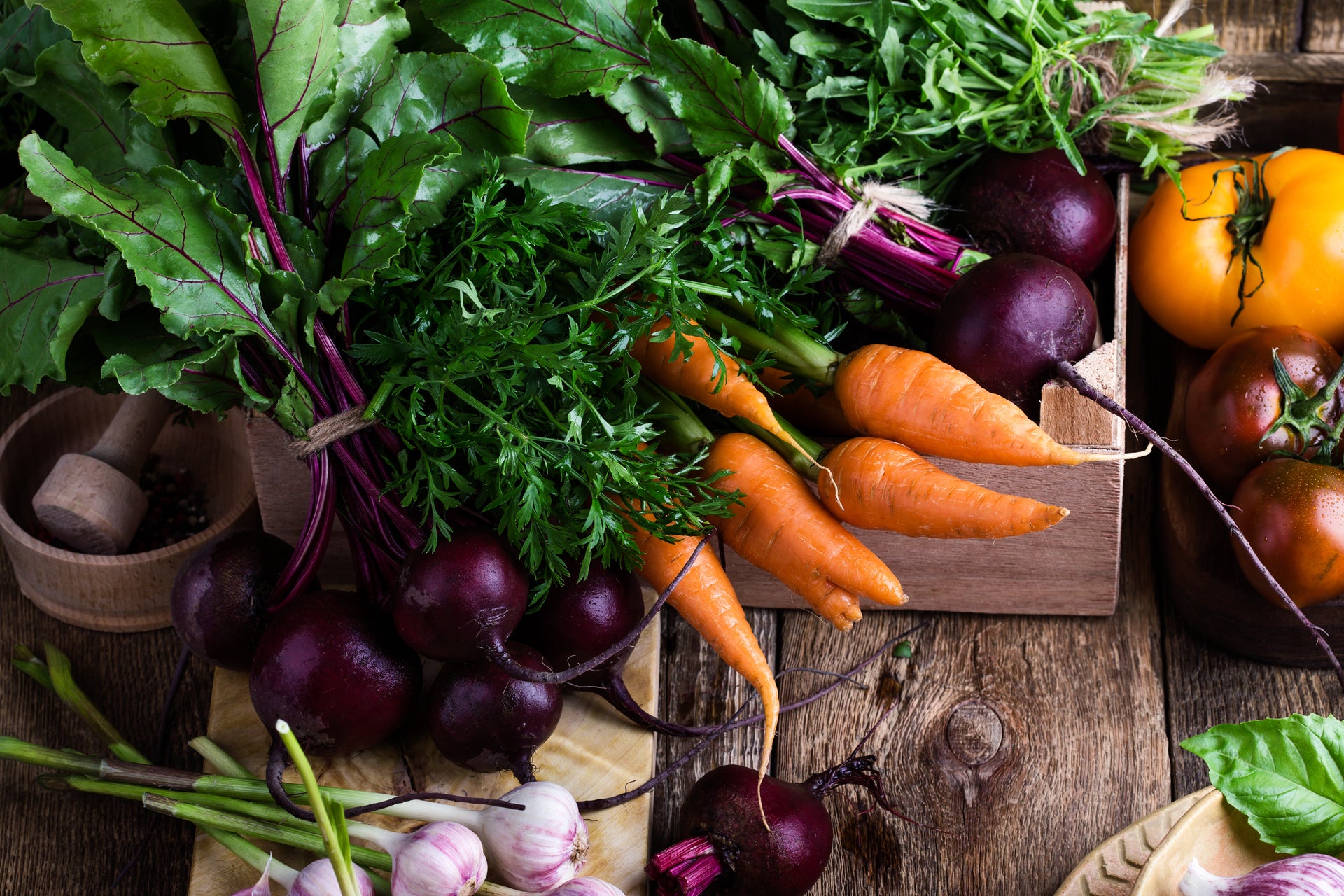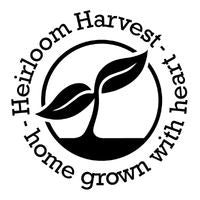
Why growing your own food is one of the best things you can do for the environment.
‘Large scale farming harms the environment but we need to feed a growing human population’.
As a farmer, an ecologist and a gardener this dilemma is very close to my heart and something I have struggled with for many years. This article is a snipet of my thoughts on the subject and my view to a small part of the solution.
The Problem
People need to eat.
The global population has exploded over the last few hundred years as agricultural and medical advances have allowed increased survival rates and age expectancies. This increase in population has in turn put more pressure on agriculture to produce more food, which then allows further population growth… you get the picture. Until now increased crop production has been able to outrun the increasing population nipping at its heals. The problem is that despite avoiding a Malthusian catastrophe thus far, this cannot go on for ever. In fact, it is now widely aknowledged that gains in crop yields are plateauing.
There is a biophysical limit to crop yields based on the crops biology, avaliable sunlight (photosynthesis), soil fertility and water availability; modern crops are reaching this limit. Think of the world a one big pot full of soil, as your gardening skills improve you may harvest more and more produce from your pot, but eventually you will reach a point where the pot just can’t produce any more. Common sense right?
One way to increase food production is to increase the area of land used to produce food (get another pot). The problem with this is that all the low hanging fruit has been picked. There is very little land suitable for food production which is not already being used. Not only is there very little ‘new land’ available, as you will see below, converting natural landscapes to agricultural land has major negative impacts on the environment, and eventually the wellbeing of humanity.
Large scale agriculture harms the environment.
There is no doubt that humans have had an immense impact on the environment and natural ecosystems around the world. Huge areas (in many areas over 90%) of natural vegetation have been cleared to make way for ‘human landscapes’. Agriculture and other food production activities are, by far, the human activities which have had the biggest effect on our environment. Agriculture and other food production activities are responsible for the vast majority of land clearance, a significant amount of carbon pollution, draw huge amounts of water from our water ways, causes nitrification and salinification of waterways, poisoning of native animals by agricultural chemicals, introduction of invasive species… Of these impacts, land clearance is arguably the most important. This is because native vegetation clearance has a whole suite of negative flow on effects for the environment and because native vegetation acts as a buffer for all of our other environmental impacts. Native vegetation acts as a carbon sink for our carbon emissions, provides habitat for native plants and animals, acts as a water purifier, stabilises soil… In many areas, especially productive agricultural zones, the small amount of native vegetation left is insufficient to support functioning ecosystems and the native species which rely on them. This has resulted in mass species extinctions and ecosystem crashes globally.
Some people may say “who cares about the environment?”, just grow more food. Well, the answer is ‘they’ should care about the environment. That is because it is in their own interest to maintain functional ecosystems. The fact is, food production is a biological process and relies on the environment for its inputs. Functional agricultural systems need to be within functional ecosystems. For this reason it is not in humanities own interest to continue converting natural environments to agricultural land. In fact, there is general consensus in the ecological community that for the long term survival of humanity (not to mention the other species we share this earth with), we actually need to return some areas of agricultural land to natural ecosystems.
So, here is the dilemma, ‘Large scale farming harms the environment but we need to feed a growing human population’. In other words, large scale agriculture is a necessary environmental harm. Given it is a ‘necessary’ environmental harm, the question becomes how can we ‘minimise’ this harm to the environment?
A small part of the solution
There is one source of land which can be used for food production; which is usually quite productive, has access to water and can be utilised without any further detriment to the environment. Your back yard! There are thousands of acres of potentially productive land tied up within people’s back yards (and front yards for that matter) that could be used for food production. Not only does growing food in your own back yard reduce the pressure on our fragile ecosystems by lessening the need to clear more land; it eliminates ‘food miles’ (the transportation and storage of food and its significant carbon emissions); reduces the use of harmful chemicals as organic methods are much easier on small scales; reduces carbon emissions associated with ‘fossil fuelled agriculture’ and it makes better use of precious water; and on an acre for acre basis, home vegetable patches are capable of growing more food.
The average Australian garden is made up of a large area of lawn, some borders made up of ornamental plants (that were bought because “I saw them on that TV show” or “they looked nice in the nursery”) and if you are lucky a small veggie and herb patch tucked away down the back. If you are the owner of one of these gardens, my questions to you are: given the state of the environment and the coming food and water shortages; do you really need to be pumping all that water into that huge area of lawn? How much of it do you actually use? Is ensuring your property looks like the set of ‘Desperate Housewives’ more impressive than growing your own food to feed your family? Is “because I saw it on that TV show” a good reason to take up potential food growing land with a plant you don’t even know the name of? How much time and money do you spend maintaining your ‘show garden’? How much food could you produce for that effort and how much money could you save on groceries?
I am not trying to make anyone feel bad here; on the contrary I am trying to inspire people to make positive changes. These are questions that have probably not entered many people’s minds; but once you have asked them, and if you actually give them some thought, surely you will come to the same conclusion. We have passed the era of being able to all live extravagantly and using our gardens as statements about our affluence. It is time to move into a more environmentally conscious era where what is truly impressive is the thought you give to future generations, not what the neighbours think.
I am also not trying to say people should rip out all their lawn and plant their whole yard to food out of a sense of duty. Lawn has its uses and if you are interested in botany so do ornamental plants. What I am trying to say is that maybe people should give a bit more thought to the broader implications of the decisions they make in their own back yard. If you are going to spend time and money maintaining a garden, why not make it a vegetable garden where you can reap tangible rewards for your effort while at the same time feeling good that you are playing a role in creating a better tomorrow.
